Hi everyone! In this episode of quick tips for your DJI Mini 4 Pro, you’re going to learn about satellite signals, how to determine your actual remaining flight time, whether using your camera affects your flight time, and flying your drone in extremely warm temperatures.
Satellite Signals
When you first start up your Mini 4 Pro or any other DJI drone, it always takes a minute or so for the drone to acquire an adequate number of satellite signals to have a strong GPS connection. Somewhere between 10 and 15 satellites, it will let you know that it has locked on and has a GPS signal.
Is there any benefit to waiting longer to have more satellite signals acquired before you launch your drone? The answer is no. Once your drone has determined the home point, you can confidently begin flying. You don’t have to wait; it’s not going to perform better if you have more locked on. Once you get that home point locked on, you can launch your drone.
Yes, it does give you a warm fuzzy feeling to look down on your screen and see that you have 26, 28, or 30 satellites locked on, but as long as when you click on that little satellite in the upper right-hand corner of your screen and it says “strong GPS signal,” you are good to go.

Remaining Flight Time
The display showing remaining flight time as your drone is airborne is an approximate indication of how much time is left before the battery runs out of power. This is a general guide and it fluctuates depending on many factors such as altitude, flight speed, and more.
If you fly faster, you’re going to see that number go down. If you just hover your drone, that number is going to go up. To be honest, it doesn’t really tell you anything useful. It’s best to watch your battery percentage on your screen, and when that starts to get close to 20%, you’ll want to start bringing your drone back to you. This is a much more accurate and safe way to determine when you should start flying back towards your home point.
One thing to note: if you get to the point where your drone tells you “return to home” is going to start and you cancel that, don’t ignore it. A lot of people just ignore it, continue to fly, and then get themselves in a situation where they’re down to 10% and the drone tries to land by itself wherever it is. When the return to home says it’s going to come back home, start bringing your drone back. You don’t have to do it immediately or let it kick in right away, just be very vigilant about bringing your drone close to you to avoid stressful situations.

Camera Usage and Flight Time
Have you ever wondered if your flight time is affected while you’re recording videos and flying, or when you’re taking a bunch of photos? I did a test with the Mini 4 Pro today to see if using your drone camera decreases your flight time at all.
I ran three tests:
- A control test with no camera usage
- Recording 4K 60fps video
- Taking timed photos every 2 seconds
Surprisingly, the results showed that recording video or taking timed photos actually resulted in about a minute and a half more flight time compared to not using the camera at all. This goes to show that if you’re worried about reduced flight time while recording or taking photos, it doesn’t affect your flight time one bit.
One interesting observation during the timed photo test was that the drone, while in cruise control, slowly started to decrease in altitude. I had to continuously move it back up to keep the height consistent.
Flying in Extreme Heat
As the United States is experiencing one of the most significant heat waves in years, you might be wondering if it’s safe to fly your drone when it’s that hot outside. Does it affect your flight performance or cause battery issues?
The short answer is no. There are no concerns when flying your DJI Mini 4 Pro or any other drone in hot weather. However, if you leave your drone sitting in the hot sun or on hot pavement for a long time and let it idle, it may give you a warning that it’s too hot to fly. In this case, simply move it to a cooler place and let it cool down before launching.
Once you can launch your drone, it’s fine. The drone will cool itself. You should store your batteries in a cool, dry place if you want them to last as long as possible, but if it’s 95 or 105 degrees outside and you want to fly your drone, and it lets you launch, go right ahead. It’s going to be fine.
Conclusion
Do you have any suggestions for more quick tips videos? Let me know in the comments and I’ll do a video on them. Subscribe on your way out of the video today, hit that thumbs up button if I helped you out in any way. Have a great day and as always, fly safe and fly smart!
Discover more from DroneXL
Subscribe to get the latest posts sent to your email.
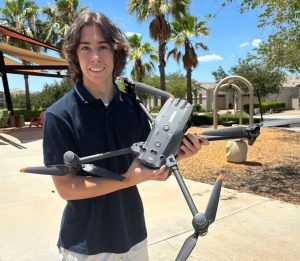

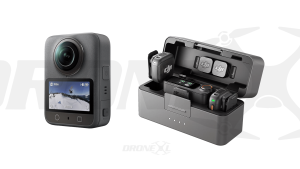

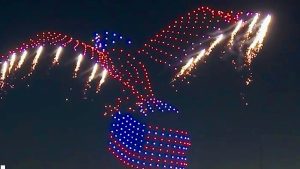

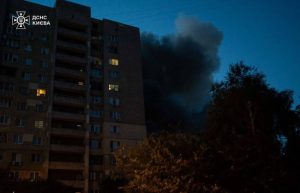


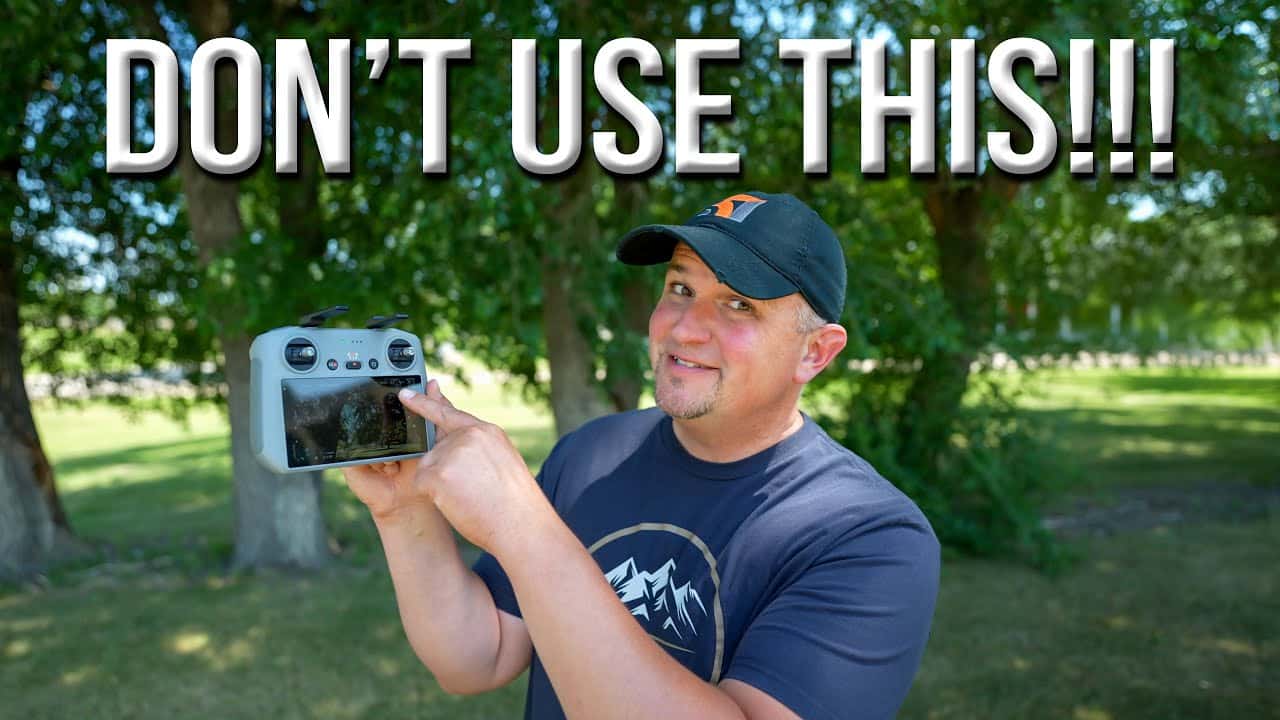

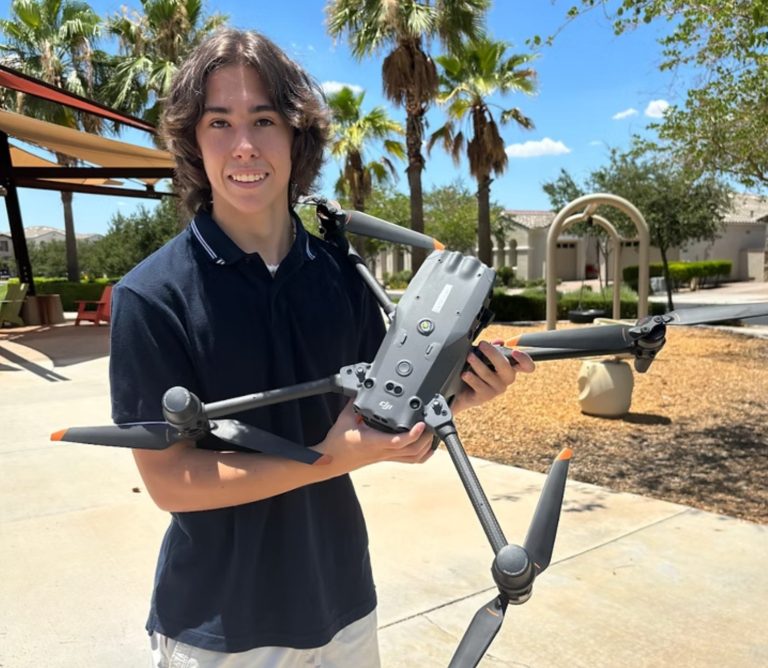
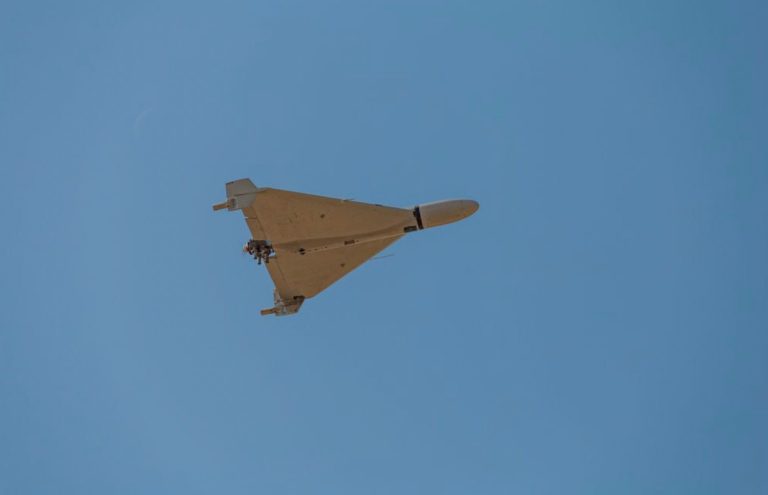


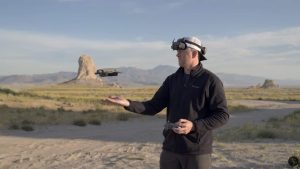
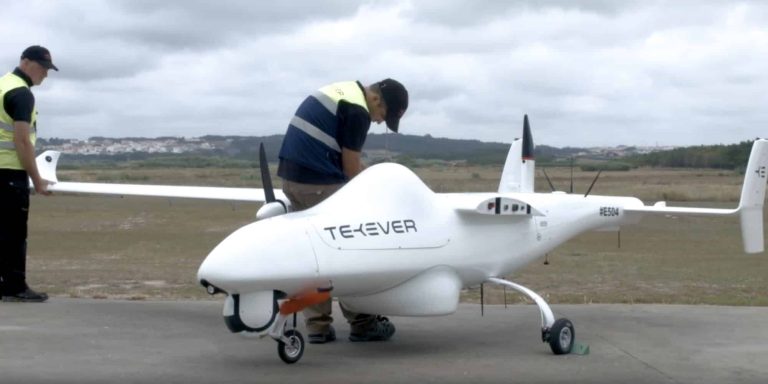
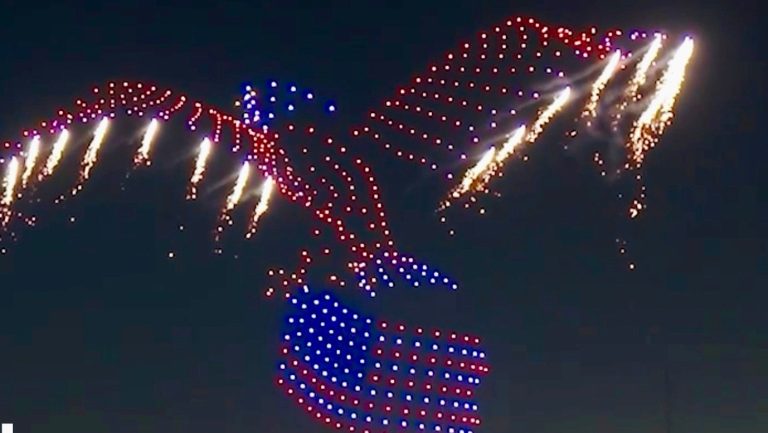
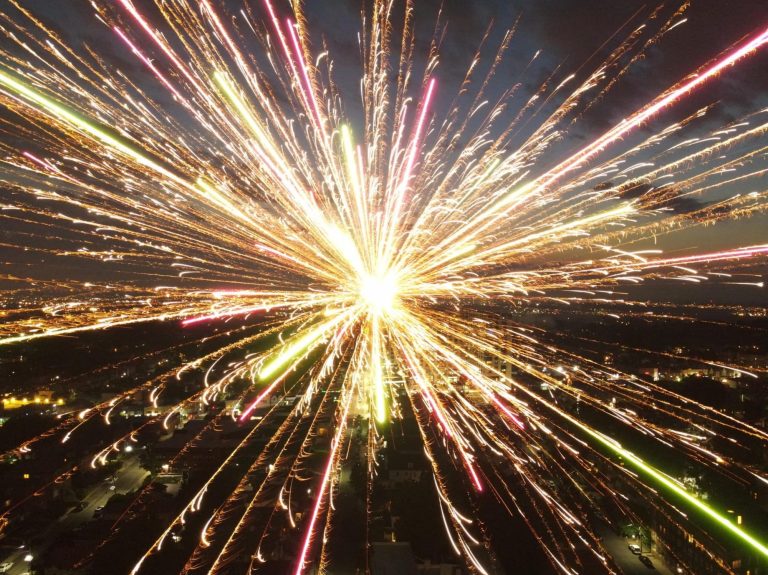
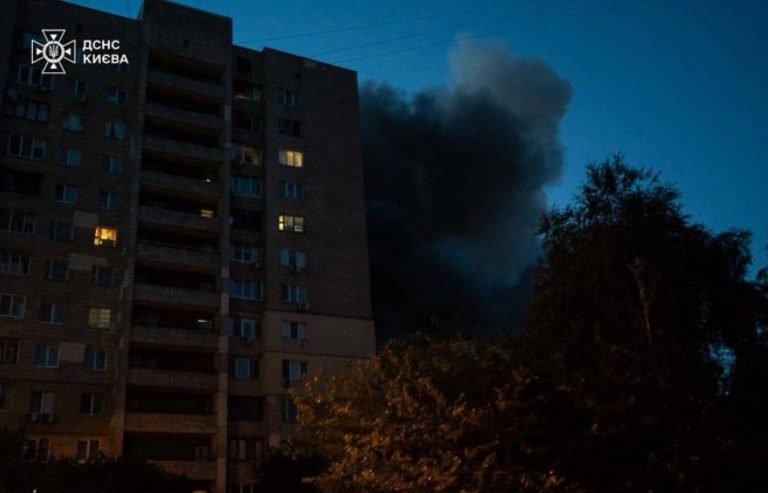

+ There are no comments
Add yours